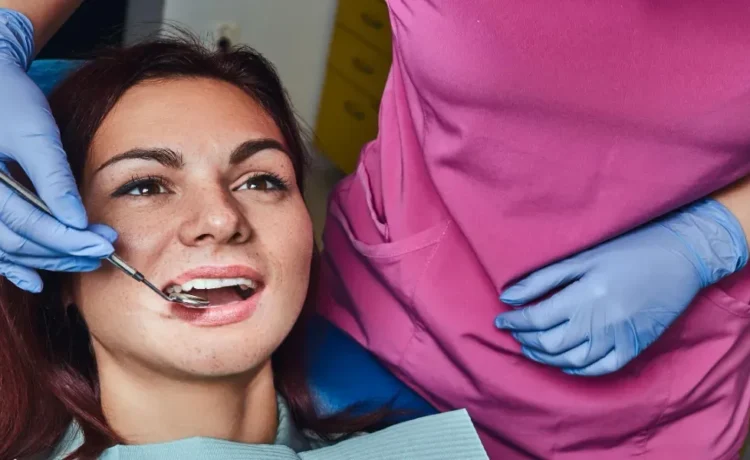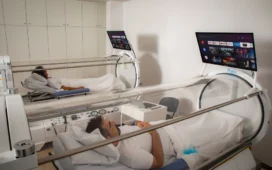Dental implants can be a great way to enhance your oral health and restore your smile if you’re struggling with several lost teeth. When replacing many teeth, dental implants in Boynton Beach offer a strong, long-lasting substitute for conventional dentures or bridges. This blog article will walk you through the steps of receiving dental implants in Boynton Beach to replace several lost teeth, as well as what to anticipate and how to be ready for the treatment.
Initial Consultation and Evaluation
The dentist will examine your dental health, take a medical history, and address the reasons you are looking for treatment.
- An oral examination: This includes x-rays of your jaw and possibly a CT scan to see if the location can support implants.
- Efficient Treatment Plan: According to the condition of your teeth, he will create an individual treatment plan. This plan will detail how many implants are required, what sort of restoration (for instance a bridge or dentures), and an approximate schedule for the procedure.
- Bone grafting: Patients with poor jawbone density might need bone grafts before the insertion of dental implants. Here, bone material is placed in the jaw so that it provides enough support for placing dental implants. This possible bone grafting material may be obtained from your body (autograft), or a donor, or it might come in the form of synthetic materials.
- Healing time: It will take a few months for the bone graft to get integrated with your natural bone and form a secure place in which an implant can be placed.
Implant Placement
After the jawbone has healed, your next step will be implant surgery. This is usually done under local anesthesia and there are sedation options for those who might be nervous, but it may be primarily glassed over in your recovery journal.
- Surgery: Following the incision made in your gum tissue, some parts of the bone are removed. The titanium implants are screwed into the jawbone at specific points where they will act as your teeth’s natural roots.
- Osseointegration: Osseointegration starts soon after the placement of implants it is a vital part. This is also the part where the bone forms around and firmly holds implants. Each osseointegration process usually takes a few months, during which time you may be fitted with temporary restorations to help maintain both aesthetics and function.
Abutment Placement plus Impression

These abutments are placed over the implants when osseointegration is finally accomplished. The top of the abutments is closed an impression coping is placed for picking a plug type. Abstractions are small connections that join up to implant and final restoration.
- Abutment placement: The dentist will reopen the gums to connect abutments to the same implants. Over time, the gums will heal surrounding these abutments are exposed above the gum line.
- Impressions: Once those abutments are in place, your dentist will take impressions of both the abutment structures and surrounding teeth. These impressions are sent out to help create your custom bridge, dentures or crowns then these will be attached to the implants.
Final Restoration
The last stage of the dental implant procedure is that they will fix your final restoration permanently. This may be a bridge, partial dentures or full dentures depending on how many teeth are missing.
- Fitting and Adjustment: The restoration is carefully fitted onto your abutments, ensuring a comfortable fit as well as a natural appearance. After this, the perfect fit will be achieved by making some final adjustments.
- Final Reinsertion: After being sure that the restoration fits perfectly, it will be cemented to your implants which marks the final step of your smile transformation process.
Make an appointment for a consultation if you’re thinking about this surgery so you can learn more about your options and start on the path to a happier, more confident smile.







